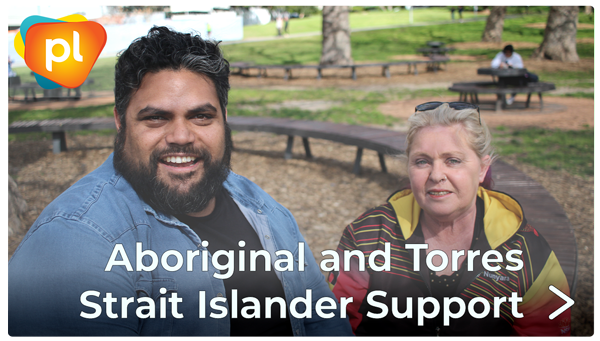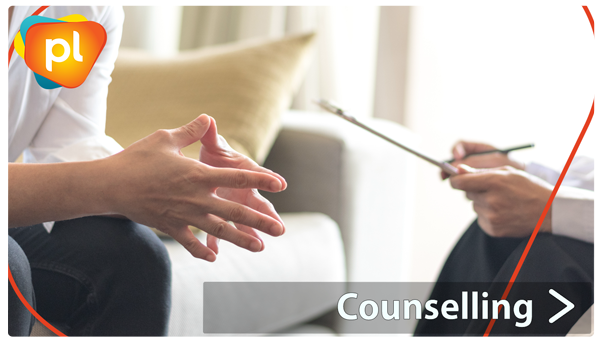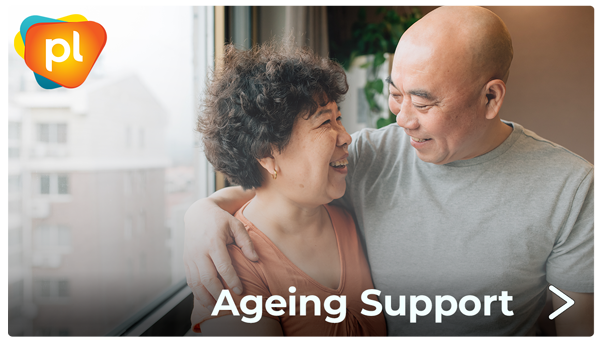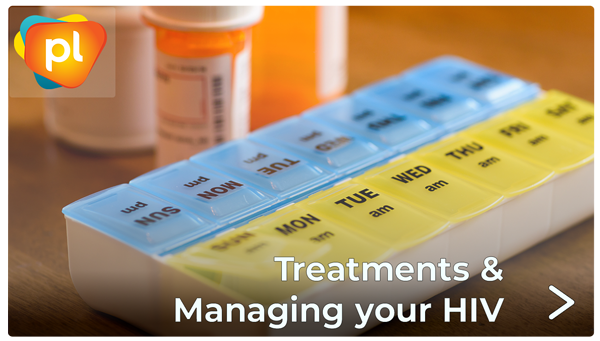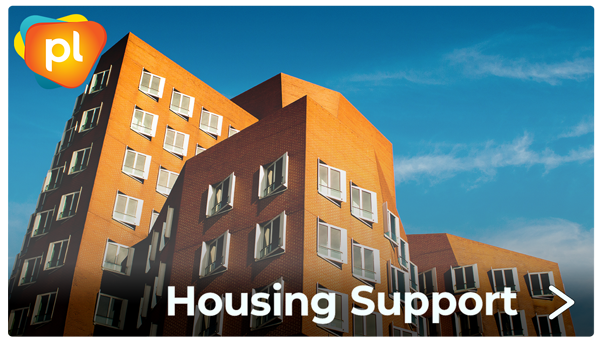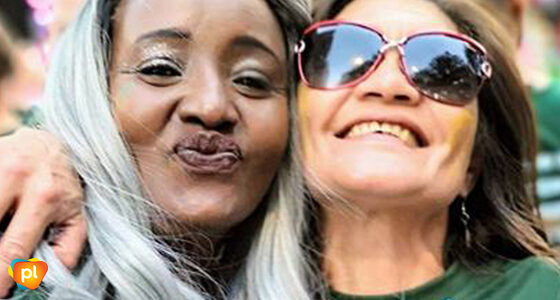
As a heterosexual woman living with HIV for the past 25 years, I am acutely aware that the lived experience of WLHIV today is still mired in ignorance and invisibility. Many people in the general community and some health care providers still think that HIV is not an issue for heterosexual people, particularly for women. I know of more than one heterosexual woman who on asking their GP for an HIV test was told “oh you don’t need that” or asked “why?” Sadly several of these women were subsequently diagnosed with HIV.
Thankfully, Australian society has effectively maintained the HIV response for our priority populations – gay men, other men who have sex with men (MSM), sex workers and people who inject drugs. However, based on recent diagnoses of HIV, Australia has all the alarming signs of a gradual “epidemiological shift”. In the five-year period between 2013 – 2017, new HIV diagnoses in Australia transmitted through heterosexual sex have increased by 10 per cent, and in one year between 2016 – 2017 they increased by 14 per cent. In the same period the proportion of people with late diagnoses (a CD4+ cell count of less than 350 cells/μ and likely to have acquired HIV at least four years before diagnosis without being tested), was highest in those reporting heterosexual sex as transmission exposure at an alarming 46 per cent.
There are also gender differences in HIV in Australia. Unlike gay men and MSM, very few women in Australia are diagnosed with newly acquired HIV. Today, when a woman is diagnosed with HIV, she tends to find out after years of living with HIV. By then her immune system has been significantly damaged. She has probably been admitted to hospital as a “late presenter” with a serious often life-threatening advanced HIV disease which is defined as an AIDS-defining illness. In this state of health, she has missed out on the benefits of early diagnosis, and any immediate advantage anti-retroviral treatment (ART) could have given her long term health. She will also experience greater complications around her reproductive health which then also impacts the health of her family and her own psychological health.
About 10 per cent of people living with HIV in Australia are women, yet we continue to be invisible in the HIV prevention message. If we are serious about working towards eliminating HIV, then we all need to talk about the different ways HIV affects and impacts the lives of women.
There is a dearth of images in public health campaigns designed to educate the community about HIV. Imagery that includes a young woman, a transgender woman or even a heterosexual couple is conspicuously lacking. We all need to begin a conversation about HIV to reduce the silence and secrecy around woman living with HIV.
Compared to gay men and MSM, women are also less likely to test for HIV. Women will gain only limited benefit from advances in treatments while they continue to present late and with advanced HIV disease. While well-meaning clinicians challenge women who pro-actively ask for HIV testing and tell them they don’t need to be tested, they and the wider community continue to promote the misguided assumption that HIV is not an issue for women.
Lastly, there are gaps in the research data into HIV and gender differences that are specific to the female body. This lack of information feeds into misunderstanding about the efficacy of ART in relation to women, our hormonal differences and the impact these differences have on the side-effects of HIV treatments for women. HIV also plays into the experience of women intersectionality through poverty, in rural and regional locations, access to treatment and medical care, and mental health factors – all aspects either unacknowledged, disregarded or overlooked.
The upcoming National Day of Women Living with HIV Australia on Saturday 9 March highlights the need to raise awareness amongst women about our risk for HIV and the need for women to test for HIV. Normalising the reality of HIV as a virus that impacts women across Australia is a task for us all – both men and women, in the elimination of HIV in Australia.
Published for Talkabout Online #192 – March 2019

